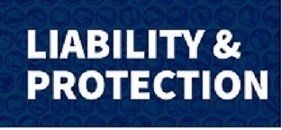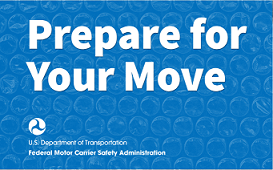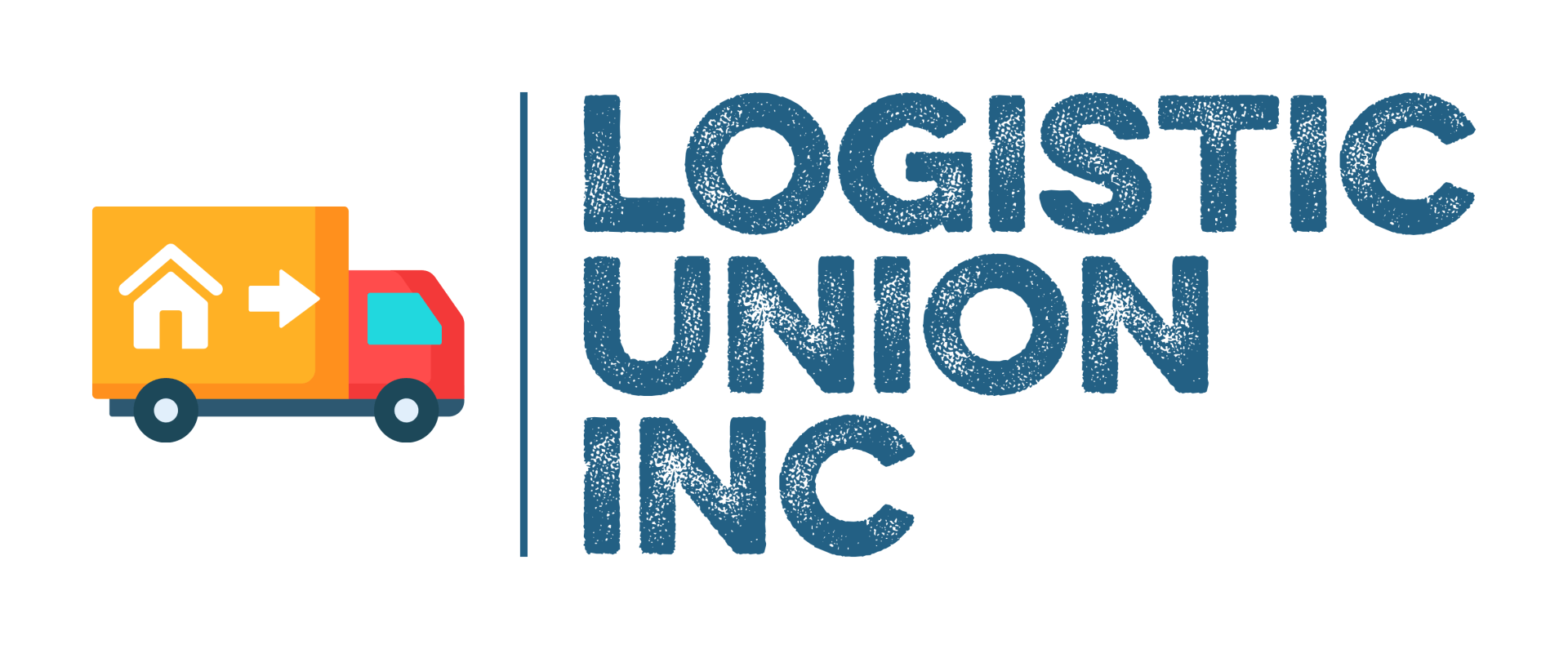Tips for a Successful Move
sites • April 3, 2022

1. Know your rights and responsibilities before selecting a household goods carrier (mover) or household goods broker (broker)
Before moving your belongings to a new state, movers and brokers are required to give you the booklet entitled Your Rights and Responsibilities When You Move. This booklet will help you understand the documents that a mover will ask you to sign and explain your rights if your items are lost or damaged.
2. Learn to spot the red flags of moving fraud.
Don't know what the red flags are?

3. Be sure the mover and broker are registered with FMCSA
Check to see if the moving company is registered, as well as for insurance information and any complaint records, by
searching our database
of registered movers and brokers, or calling FMCSA at (800) 832-5660.
All interstate household goods movers and brokers must be registered with FMCSA. Make sure the mover you select has been assigned a U.S. DOT number, is registered with FMCSA to allow them to transport household goods between states and has the proper level of insurance. Make sure the broker you select has been assigned a U.S. DOT number, is registered with FMCSA to allow them to broker household goods shipments between states and has the proper level of insurance.
Avoid movers and brokers that do not show U.S. DOT numbers in their advertisements.
Be informed and aware of your options when selecting a reputable mover or broker. While most household moves go smoothly, there are dishonest or "rogue" movers and brokers you should be aware of.
4. Read and understand all information provided by a mover or broker
The mover should provide you with the following basic written documents as part of your move:
Estimate
The estimate should clearly describe, in writing, all charges for services the mover will perform. Make sure the estimate is signed by the mover. Do not accept verbal estimates.
Order for Service
The order for service is a list of all the services the mover will perform and shows the dates your household goods will be picked up and delivered.
Bill of Lading
The bill of lading is a contract between you and the mover and a receipt of your belongings. You should be given a partially completed copy of the bill of lading before the mover leaves the residence at origin.
Inventory List
The inventory is the receipt showing each item you shipped and its condition. Be sure you receive a written copy of the inventory after your household goods are loaded, and that you agree with its description of your household goods' condition.
5. The broker should provide you with the following written documents as part of your move:
Estimate
The estimate should clearly describe, in writing, all charges for services the mover will perform. Make sure the estimate is signed by the mover. Do not accept verbal estimates.
Order for Service
The order for service is a list of all the services the mover will perform and shows the dates your household goods will be picked up and delivered.
6. Do NOT sign blank documents
Review each document to ensure all information is correct before signing anything.
7. Make sure you understand the type of liability you agree to
Liability means that movers are required to cover the cost of any goods that are lost or damaged during your move. However, there are two different levels of liability for interstate moves.
Ask yourself if 60 cents per pound enough coverage for all your household goods in case the unexpected happens. Your mover must offer you the option of Full Value Protection, which will provide you with the replacement value of lost or damaged goods.
You may also purchase insurance from a third-party insurance company. Before purchasing third-party insurance, check your homeowner’s insurance policy to see if you’re already covered.
8. Supervise the process.
Here are the “red flags” to look out for:
Watch the loading and unloading of your household goods. If you are not available, ask someone you know to act on your behalf.
9. Use our free tools.
Download our
Moving Fraud Prevention Guide and
Moving Checklist to use as you plan your move, on moving day and on delivery day.
Share
Tweet
Share
Mail

By sites
•
May 3, 2022
Working with a household goods carrier (mover) can be nerve-racking. You are packing up all your treasured possessions – furniture, family, pictures, heirlooms, antiques, children’s toys – and handing them over to strangers to load into a truck. While most moves go smoothly, accidents do happen, and some items may be lost or damaged during shipment. Your mover is responsible for the value of the goods you asked them to transport. You can read about the two types of liability below or in the Your Rights and Responsibilities When You Move booklet movers are required by Federal regulations to provide when you move from one state to another. What are your options? Under Federal law, interstate movers must offer two different liability options referred to as valuation coverage: Full Value Protection and Released Value. Full Value Protection Under Full Value Protection, your mover is responsible for the replacement value of lost or damaged goods in your entire shipment. This is the more comprehensive, but also more expensive, option for protecting your belongings. Unless you choose the Released Value option, described below, your mover will automatically move your belongings under this level of liability. While moving, if any of your items are lost, destroyed, or damaged, your mover will offer to do one of the following for each item:

By sites
•
May 3, 2022
When your move is complete, it’s important to take inventory to ensure all your belongings are where they should be. If you realize there is a problem, the FMCSA is here to help. Take the following actions to ensure you stay protected and get everything you’re entitled to. Refer to your mover's dispute settlement program Before moving your household goods, an interstate household goods carrier (mover) must provide you with information regarding their dispute settlement program. Movers must offer a neutral dispute settlement program as a means of settling disputes that may arise concerning loss or damage of your household goods. File a claim for lost or damaged goods If your goods are damaged or missing at delivery, request a company claim form from the mover. Complete the claim form to the best of your ability. The mover will tell you where to mail the completed form. You must file a written claim with the mover within 9 months of delivery. Your claim must be in writing but does not have to be submitted on a mover's claim form. It is suggested that you send the claims information to the mover by certified mail. If you are not satisfied with the settlement offer made by the mover, you have the option of submitting a loss and damage claim with the mover's dispute settlement program or to seek other legal remedies.

By sites
•
July 1, 2019
Every year, 35 million Americans move for personal reasons or career opportunities. Moving your belongings and family to a new state can be stressful, even under the best of circumstances. The Federal Motor Carrier Safety Administration (FMCSA) is here to help. If you’re moving to a new state, we can help you protect your move by: Helping you learn to spot the red flags of moving fraud Offering tips for a successful move Alerting you to your rights and responsibilities Provide a handy moving checklist for before and during your move The federal government, state and local law enforcement agencies, and the legitimate moving industry have joined forces to combat moving fraud, but you have an important role to play as well. If you’re planning to move, it’s important to do your research and plan appropriately.


